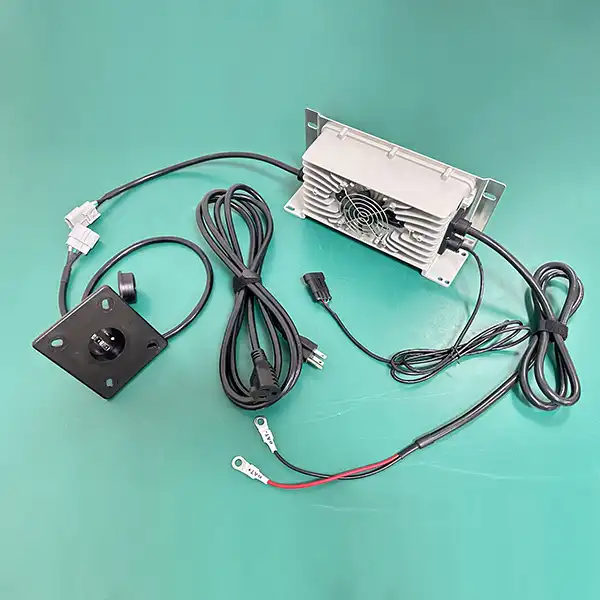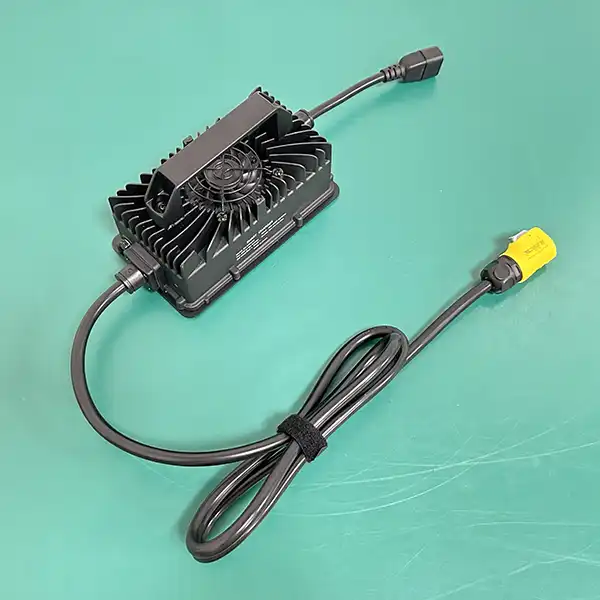Modern battery systems are smarter and more connected than ever. Whether you’re building a LiFePO4 battery pack, designing an EV charger, or integrating a Battery Management System (BMS), one key decision you’ll face is: Should I use CAN or RS485 for communication? Both protocols are widely used—but they serve different needs. Let’s compare them and help you decide which one is right for your application.
What Is RS485?
RS485 is a serial communication standard based on a master/slave structure. It’s commonly used in industrial systems, solar energy, and early battery systems.
Key features:
- Simple wiring: 2-wire or 4-wire twisted pair
- Long-distance capable: up to 1200 meters
- Multi-device support: up to 32 devices on one bus
- Cost-effective
Limitations:
- Limited speed (~10 Mbps max)
- No built-in message prioritization
- Less robust error detection
- One-way data at a time (half-duplex)
What Is CAN Bus?
CAN (Controller Area Network) was developed for the automotive industry, now widely used in electric vehicles, BMS, robotics, and industrial equipment.
Key features:
- Multi-master: All nodes can transmit (not just a master)
- Built-in error checking and data integrity
- Message priority support (ideal for real-time systems)
- Faster communication (typical speeds: 500 kbps to 1 Mbps)
- Excellent noise immunity
Limitations:
- More complex implementation
- Requires controller with CAN support
- Shorter max cable distance compared to RS485
CAN vs RS485: Quick Comparison
| Feature | RS485 | CAN Bus |
| Protocol Type | Master/Slave (Half-Duplex) | Multi-Master (Full-Duplex) |
| Max Distance | Up to 1200m | ~40m @ 1 Mbps (longer at lower speeds) |
| Speed | Up to 10 Mbps | Up to 1 Mbps (standard) |
| Device Addressing | Manual (ID per device) | Message-based (no fixed IDs) |
| Error Handling | Basic | Advanced + Auto Recovery |
| Real-Time Support | Limited | Strong (with message priority) |
| Use Cases | Industrial, Solar, Older BMS | EVs, Robotics, Smart BMS |
Which One Should You Choose?
Choose RS485 if:
- You need long-distance communication at lower speeds
- You prefer low-cost, simple systems
- Your system is non-critical, e.g., remote battery monitoring
Choose CAN if:
- You require real-time data exchange and safety-critical control
- You are working with EVs, lithium battery BMS, or charging infrastructure
- You need better error resilience and data prioritization
Many modern LiFePO4 battery chargers and BMS modules support CAN for reliable, real-time performance.
Check our Custom Practical Case Communication Options to learn more.
Final Thoughts
Both RS485 and CAN have earned their place in battery system communication. The right choice depends on your specific needs: simplicity vs intelligence, distance vs speed, and cost vs performance.
Want help picking the right protocol for your custom charger or battery pack? Contact us or browse our Smart Charger Collection with CAN and RS485 support.




